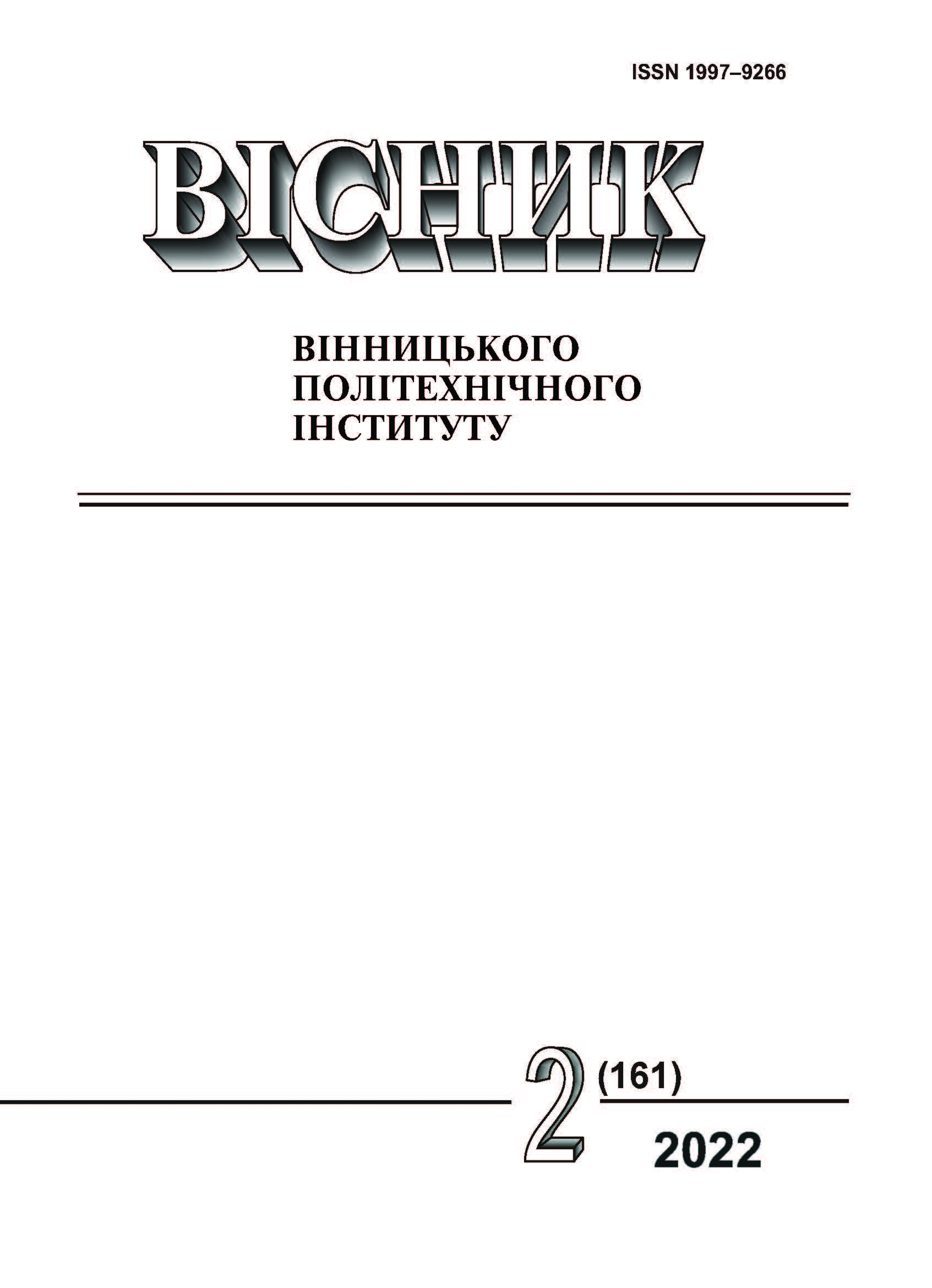Determination of Wire Cross Section and Determination of Limit Length of Airway Three-Phase Lines with Voltage 220/380 V
DOI:
https://doi.org/10.31649/1997-9266-2022-161-2-46-53Keywords:
three-phase overhead line, cross section, limiting length, voltage lossAbstract
When designing power supply systems, it is necessary to select the cross section of the wires and determine their maximum length. According to the PUE, the choice of wire cross-sections of lines for different power supply systems must be carried out according to two technical conditions ― the heating condition with a check for allowable voltage loss. The aim of this work is to obtain the calculated dependences of voltage losses on the active load power and power factor to simplify and accelerate the choice of the cross section of the wires of three-phase overhead lines with a voltage of 380/220 V. Calculations of losses of phase voltage and limiting length of three-phase lines from active power of loading for wires of brands of the AC for values of power factors cos φ = 0,8 and cos φ = 0,9 are carried out. Calculations show that for a given range of loads, the operating currents do not exceed the long-term allowable load currents. Combined dependence graphs are constructedvoltage losses per 1 km of three-phase line, attributed to the phase voltage, which allow with the least amount of time to choose the cross section of the wires of the three-phase overhead power line for a given voltage loss. Combined graphs of the dependence of the limiting lengths of lines made of steel-aluminum wires of different cross-sections on the load power at the value of at the value of the allowable voltage loss of 5 %. For ease of use, the graphs are built for two ranges of load power: (1…10) kW and (10…30) kW. Similarly, the dependences of the limiting length of three-phase lines for cos φ = 0,9 can be constructed. Based on the results of the calculations, the graphical dependences of the phase voltage loss and the limit length of the lines on the active load power for three-phase overhead lines made of SIP-2 wire for power factors cos φ = 0,8 and cos φ = 1 were constructed. The calculated expressions for the selection of the cross section of the wires of four-wire overhead lines with several loads are given. An algorithm is proposed and calculated dependences for determining the limiting length of four - wire overhead lines with evenly distributed load are given. It is shown that the limiting length of a line with evenly distributed load can be determined through the limiting length of a line with a load at the end depending on the number of electrical receivers on the line.
References
Правила улаштування електроустановок, 6-те вид., перероб. та доп. Київ, 2017, 617 с.
Sizing Electrical Wire for Underground Circuit Cable. [Electronic resource]. Available: https://www.thespruce.com/wire-size-underground-circuit-cable-length-1152899 . Accessed on: 21.03.2022.
National Electrical Code. [Electronic resource]. Available: https://www.nfpa.org/codes-and-standards/all-codes-and-standards/list-of-codes-and-standards/detail?code=70 . Accessed on: 22.03.2022.
И. А. Будзко, Электрические сети, 3-е изд., перераб. и доп. Москва: Колос, 1967, 327 с.
ООО «ХКА», Каталог кабельной продукции, 3-е изд., 2019, 606 с.
Самоутримний ізольований провід. [Електронний ресурс]. Режим доступу: https://odeskabel.com/ua/products/kabeli-silovye/provoda-samonesushchie-izolirovannye/provoda-samonesushchie-izolirovannye-sip-1-sip-2.html . Дата звернення: 29.03.2022.
Downloads
-
pdf (Українська)
Downloads: 242
Published
How to Cite
Issue
Section
License

This work is licensed under a Creative Commons Attribution 4.0 International License.
Authors who publish with this journal agree to the following terms:
- Authors retain copyright and grant the journal right of first publication.
- Authors are able to enter into separate, additional contractual arrangements for the non-exclusive distribution of the journal's published version of the work (e.g., post it to an institutional repository or publish it in a book), with an acknowledgment of its initial publication in this journal.
- Authors are permitted and encouraged to post their work online (e.g., in institutional repositories or on their website) prior to and during the submission process, as it can lead to productive exchanges, as well as earlier and greater citation of published work (See The Effect of Open Access).





